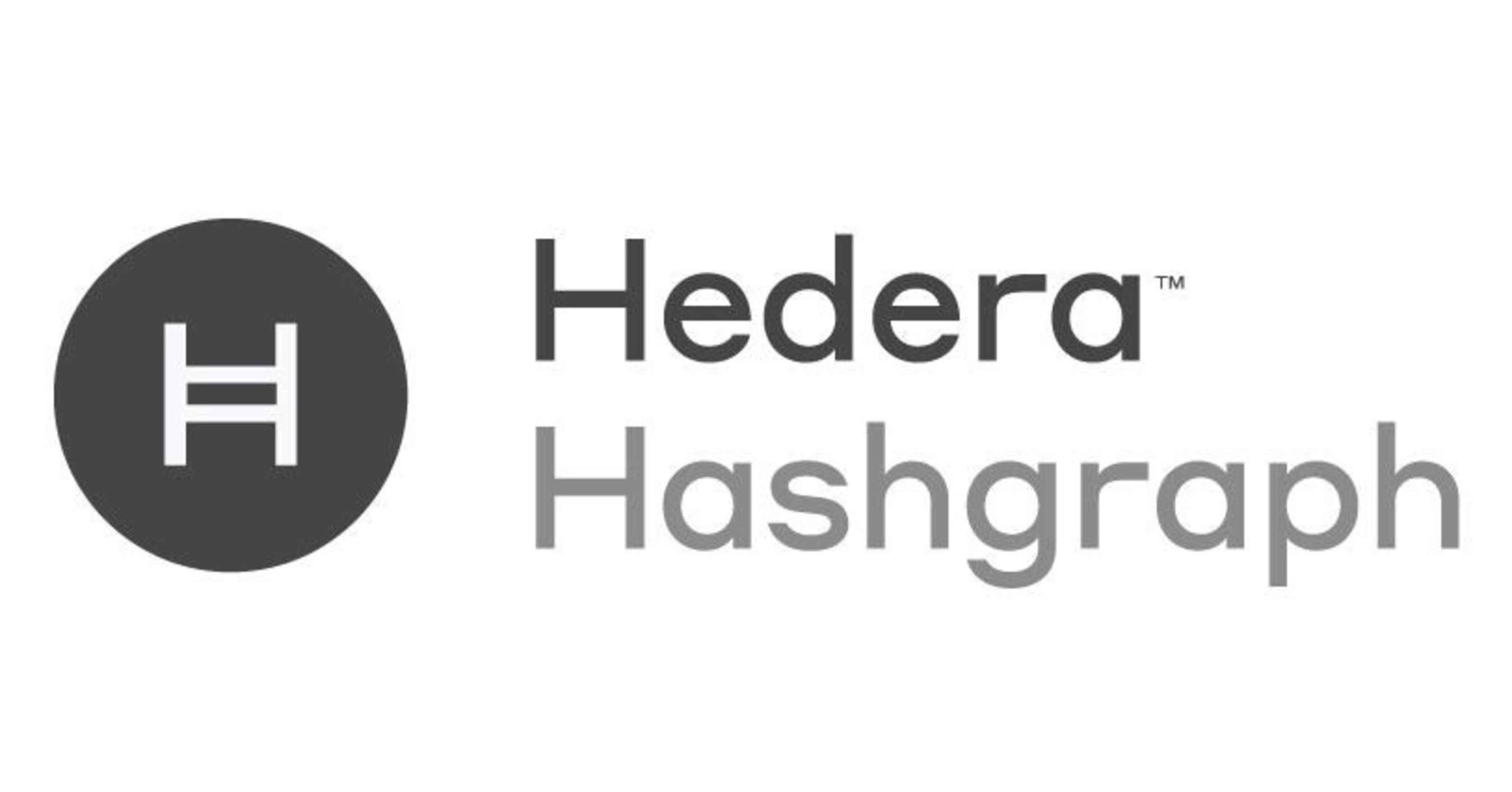The H1B visa program remains a significant avenue for foreign professionals seeking employment opportunities in the United States. In fact, the number of H1B visa applications has been steadily increasing, with 474,301 applications received in FY 2022, marking a notable 19.1% rise from FY 2021. This surge highlights the continued importance of the H1B program for employers and foreign workers alike.
Navigating the H1B visa application process can be complex and time-sensitive, making it crucial for immigration lawyers to have a comprehensive understanding of the various stages involved. One key aspect that demands attention is the H1B receipt status timeline, which tracks the progress of a filed petition from initial submission to the final decision.
In this post, we’ll delve into the intricacies of the H1B receipt status timeline, offering valuable insights to immigration lawyers. We’ll also explore the significance of tracking H1B receipt status and highlight strategies to optimize this process through the use of a reliable case management system.
By understanding and effectively managing the receipt status timeline, immigration lawyers can streamline their workflow, enhance client communication, and ultimately increase their chances of achieving successful outcomes.

Contents
Understanding the H1B Receipt Status Timeline
The H1B receipt status timeline is a series of steps that track the progress of an H1B visa application, from the filing of the petition to the final decision by the United States Citizenship and Immigration Services (USCIS). Understanding the timeline is important because it helps immigration lawyers predict the likely timeframes involved, provide accurate updates to clients, and effectively respond to any issues that may arise during processing.
Step-by-Step Guide Through the H1B Receipt Status Timeline
The journey of an H1B visa application begins with the filing of the petition. This process involves the submission of Form I-129, the Petition for a Nonimmigrant Worker, along with the necessary documentation and relevant fees. It’s crucial that all information provided is accurate and complete to avoid unnecessary delays or rejections.
Once USCIS receives the petition, they issue an I-797C Notice of Action, often referred to as the receipt notice. This document is not just an acknowledgment of receipt; it contains a receipt number that is essential for tracking the status of the application.
At this juncture, immigration lawyers can leverage a reliable case management system to monitor the status of the application. These systems allow professionals to input the receipt number, and they provide real-time updates on the application’s progress within USCIS. Additionally, these platforms can often automate alerts for critical dates or milestones, ensuring that nothing falls through the cracks.
Following the receipt notice, the application enters a period of processing. The duration varies, often ranging from a few months to over a year. This period largely depends on the workload of the processing center and the complexity of the individual application.
Sometimes, USCIS may require additional information or clarification. In such instances, a Request for Evidence (RFE) is issued. The reasons for an RFE can range from missing documents to the need for additional proof of eligibility. It is important for immigration lawyers to respond to an RFE promptly and thoroughly.
After that, the decision phase arrives. Here, USCIS may approve, deny, or revoke the application. An approval leads to the issuance of an H1B visa, a denial necessitates a review of the reasons for the decision, and a revocation might follow a breach of H1B visa rules.
Special Scenarios in the H1B Receipt Status Timeline
Certain situations necessitate a deeper understanding of the H1B receipt status timeline. Premium processing is one such scenario. With premium processing, USCIS guarantees a response within 15 calendar days, providing a swifter route for urgent cases.
Another special scenario is a change of employer. In such cases, a new H1B petition must be filed, potentially impacting the visa holder’s status. Similarly, in the event of a company merger or acquisition, the H1B visa holder’s employment conditions may be affected, and USCIS must be notified.
Effectively managing the H1B visa process requires a strategic approach. Staying updated with USCIS policy changes and processing times is essential. Regular, clear communication with clients about the status of their applications, potential delays, or any additional information required can also greatly ease the process and build trust.

Final Thoughts
Understanding and effectively managing the H1B receipt status timeline remains at the heart of successful immigration legal practice. This guide serves as an essential roadmap to this complex yet crucial process, allowing lawyers to enhance their service to clients navigating the H1B visa journey.
As an immigration attorney, knowledge, precision, and meticulous handling of the timeline can substantially impact your clients’ futures. Therefore, the importance of mastering this timeline and constantly staying updated with related policies and regulations cannot be overstated.



